AN ALMOST DEFINITIVE HISTORY OF GAMBLE HOUSE COOKBOOKS
By Barbara Harris Cury, Gamble House History Committee
One in a series of History Committee presentations chronicling the evolution and contributions of the Docent Council.
When The Gamble House Docent Council went to work in 1966, then as now Docents were eager to pepper their main Docent activities of housekeeping and touring with social occasions to welcome professionals and the community to the House’s warm and inviting setting. With tours, teas, and small gatherings, the role of Gamble House hospitality began its long history. Docents prepared refreshments for guests using recipes from their home kitchens. Cooking took place in the Gamble House Kitchen.
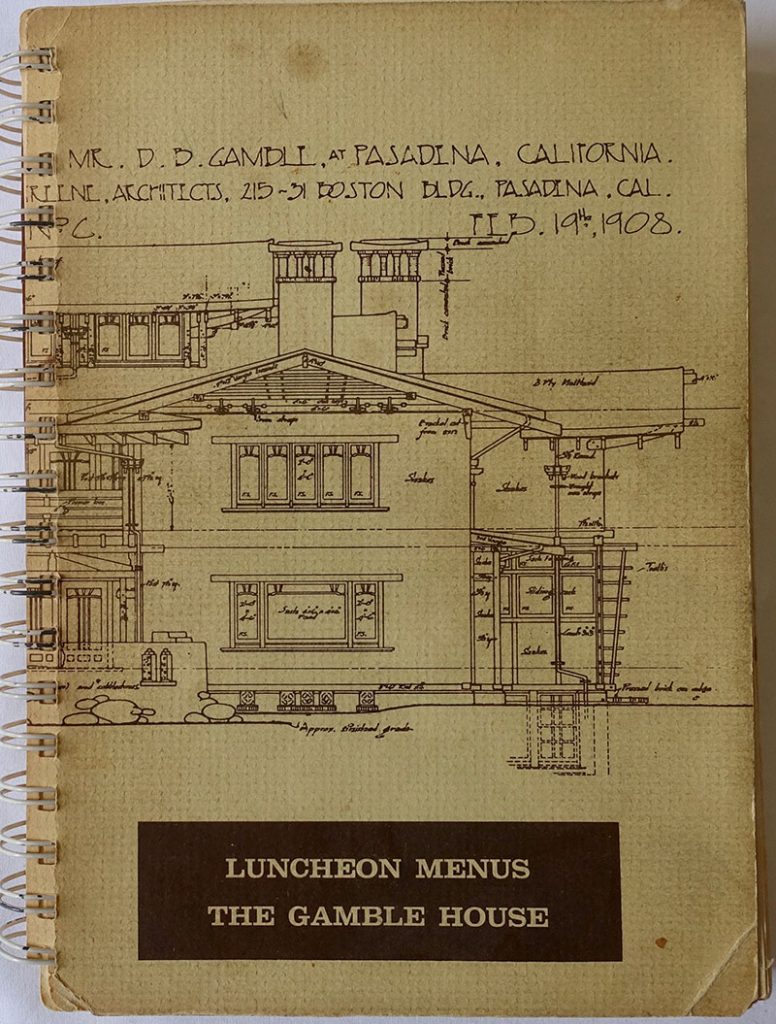
According to a 25-year summary of the Wednesday Luncheons and Hospitality committees written in 1991, 1970 ushered in the first weekly luncheon. In 1972, the report continues, there were so many requests for recipes served that the Luncheons Committee—headed by Dordo Byles, Detta Barnes, and Barbara Nyborg—quickly produced the first Docent Cookbook, “Luncheon Menus – The Gamble House,” featuring menus and recipes from luncheons at the House. The cookbook was a hit!
No copyright date appears in the cookbook, which contains charming illustrations by Docent Gretchen Bernhard. Recipes are very brief, and directions and the number of servings are not always specific. Copies sold for $3.50 apiece, and the project reflected a standard fundraising technique of women’s organizations at the time.
Categories include appetizers, soups, salads, entrées, vegetables, breads, desserts, and pot pourri (sic) with condiments, box lunch recipes, hints, and definitions of recipe terms. The market guide explains equivalents such as, “1 lb. cheese = 4–5 cups grated.”
One humorous recipe tip advises, “You will probably become completely boodled and tear your hair as well as the dough, but keep trying…. Refrigerate part of the dough…just use a small amount at a time.”
Many recipes have French, Mexican, Spanish, Italian, and Scandinavian influences. There are Indian curries and, of course, American specialties. Canned and frozen goods are prominent; no fancy ingredients are required, although one recipe includes fennel seed and another calls for fresh ginger.
Featured ideas for table decorations include serving pieces “belonging to David and Mary Gamble” [EGADS!] or unspecified “Gamble House treasures” [WHAT?]. The Tiffany bowl filled with daisies was the centerpiece on one occasion.
In late 1975 or early 1976, there was a second printing with an addendum, surmised from the following statement written by the Cookbook Committee: “We have three new classes of Active Docents to add to this addition of our latest book.” [Is it possible that “addition” was meant to be “edition” or “printing”?]
The mail order form included in the second edition states the cookbook sold for $4.50, shipping and handling costs were $1. Both editions are spiral bound and 6 inches by 9 inches. The first printing is 162 pages; the second adds 58 pages. Again, no copyright date is included. Pasadena printer Geddes Press, now Typecraft, printed both editions. It no longer has the files for these cookbooks that would determine the number of copies published, paper and cover stocks, or costs.
New categories feature picnic menus, recipes for Gamble House birthdays, and favorite recipes of Honorary Docents. Herb vinegar and Dijon mustard make their first entrance.
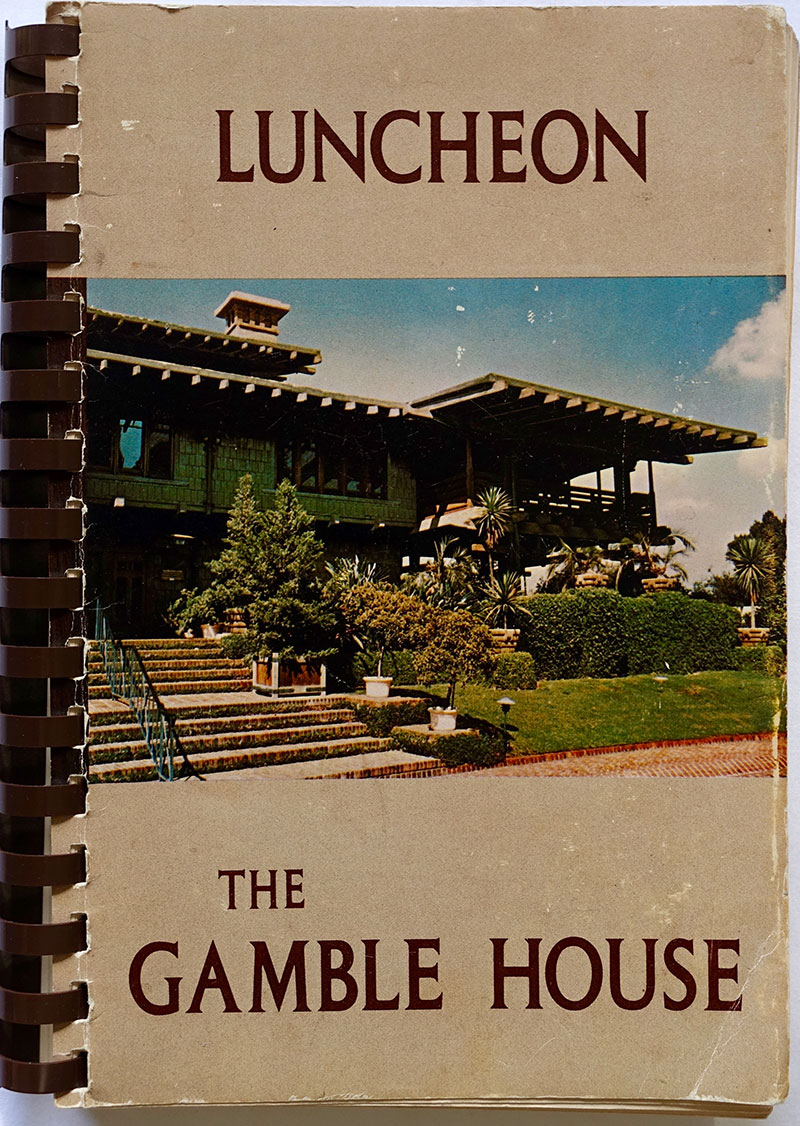
MORE, PLEASE
In 1973 luncheons became twice monthly, now served in the Gallery. After several years of new menus, Docents, and recipes, guests lobbied for more luncheon recipes to be shared. Docents listened and the second all-new cookbook, “Luncheon – The Gamble House,” was published in 1979. Retaining the same format of the earlier cookbooks, it contains 200 pages and also was printed by Geddes Press.
Paula Connolly served as Chairman of the committee that included Holly Griswold, Virginia Hillier, Joan Miller, Jean Smith, Anne Spellicy, Catherine Stancil, and new Docent Sue Zanteson, who immediately put on her apron, rolled up her sleeves, and began measuring and stirring. Jean Hartt provided artful illustrations. Each menu is framed with stylized oval wreaths incorporating line drawings of fruits, vegetables, nuts, leaves, and more. Other drawings are sprinkled throughout the cookbook. Prefacing the recipes are historical Gamble House facts and its landmark listings.
Sue participated in the cookbook production that took four to six months. She remembers, “Paula wanted one wine suggestion for each menu and solicited advice from wine shops.” Pouilly-Fuissé, Moselle, Burgundy, and rosé are among the choices with a splash of margaritas or Bloody Marys. At the end of the book is an “et cetera” category with sauces, dressings, bread, and more. Now recipes have dashes of olive, peanut, and sesame oils. Vinegars include rice, and red or white wine vinegar. Several recipes require soy sauce and mirin wine.
Sue remembers entering the House one day when the heady fragrance of wine filled the premises: The Claret Cherries were simmering until ready for the luncheon.
Ingredients were pantry staples, no exotica. If crab was one ingredient, “there was no elitism,” said Sue. “Imitation crab was an alternate.” One of her favorite recipes is the Blue Cheese Mousse, smiling as she said, “Put cream in any recipe and you have a winner!”
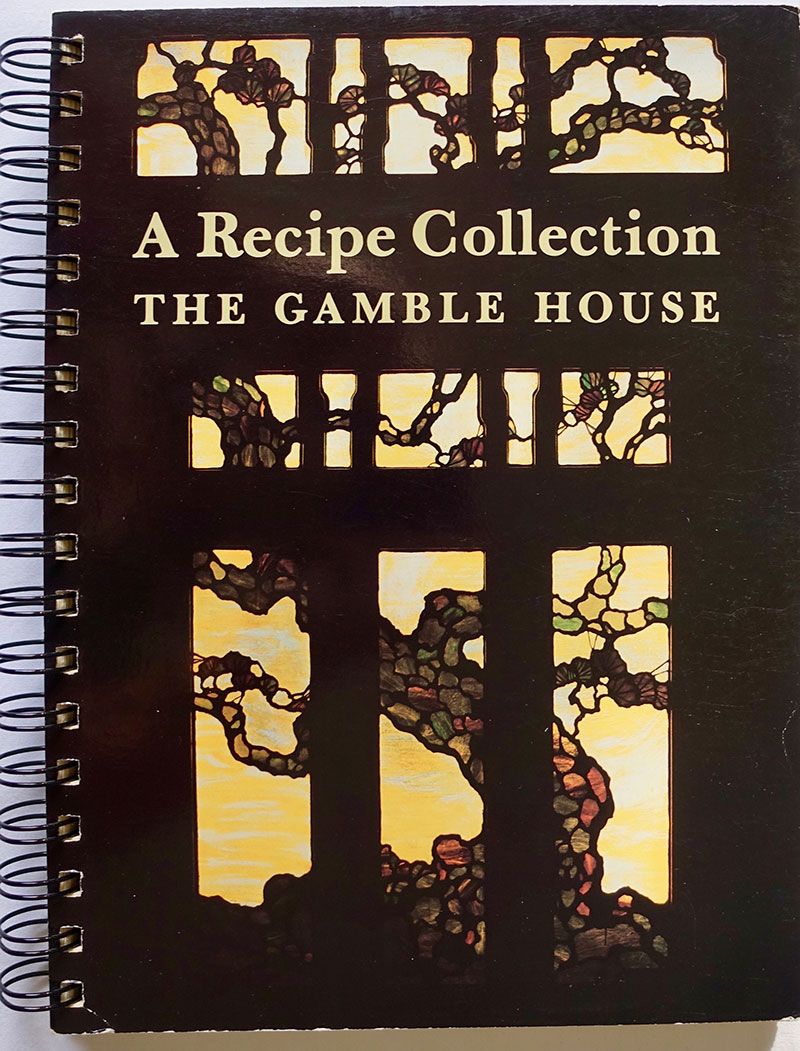
SERVING UP A THIRD VOLUME
The Docent Council’s Hospitality Committee was asked to provide refreshments for Prospective Docent teas, snacks for Docent training breaks, and fare for Graduation Dinners, plus monthly luncheons and potluck Christmas parties featuring appetizers and desserts. So many new tastes and dishes created voracious appetites for the new recipes, resulting in the third Docent cookbook, “A Recipe Collection – The Gamble House” printed by Castle Press in 1987. Like the earlier books, it was a bestseller.
Photographs by William Neuann and Shelley Johnson replace illustrations in the 165-page, spiral-bound book. The front cover is a detail of The Gamble House entry door; the back cover shows a detail of the brick driveway. Sue and others estimate the purchase price was between $6 and $10, but it remains a mystery for now.
An extensive picnic section was included because of the annual summer picnics on the Gamble House lawn, Hollywood Bowl events, and Rose Bowl games that many Docents attended. “There is nothing so thoughtful as a gift from the kitchen,” the Docent Committee wrote in a preamble, leading to a homemade gift category.
Recipes reflect global influences: Coriander, cardamom, and Chinese pea pods are used. Even a non-cook can’t help but salivate just reading the recipes.
A NEW CENTURY OF HOSPITALITY
Fast forward to 2006, when several Docent cooks wanted to continue the cookbook tradition. The committee included John Azar, Janet Boyer, Elizabeth Harris, Pat Lem, Joann Lynch, Millie Rodstrom, Cleo Rogers, Maria Tornek, Sylvia Watson, and myself.
Careful testing of new recipes began; 200 were selected, including five of Mary Gamble’s handwritten recipes for her cooks. Garnishing the recipes are anecdotes by and photographs of David and Mary Gamble’s descendants. Family members loaned the committee utensils to be photographed for the book. Now ingredients embrace extra virgin olive oil, chorizo, unsalted butter, and tomatillos. The Greenes, too, graciously shared vintage kitchen utensils designed by the Greenes for illustrations in the book.
This cookbook entered the 21st century when the finished manuscript went to the printer on a CD. “The Gamble House Cookbook – Good Design, Good Food” premiered at the centennial celebration of The Gamble House in October 2008.
Contributors include Ted Bosley, Director of the Gamble House; Robert S. Harris, former Dean of the School of Architecture at the University of Southern California; and Mark Peel, co-founder of La Brea Bakery and currently owner-chef of Prawn at Grand Central Market and its Pasadena outpost. Photographers were Tim Street-Porter, Alexander Vertikoff, and Meg McComb. Balcony Press printed 2,500 copies of the 7-by-9-inch, bound, hardcover cookbook with a ribbon placeholder. Ninety-five patrons generously contributed to the production costs. The book initially sold for $30.
The four cookbooks present a changing culinary landscape over 50 years. What never changes but only accelerates is the Docents’ desire and delight to continue offering The Gamble House’s gracious hospitality to its friends and visitors with warmth and knowledge—and often complemented by the art of good food.


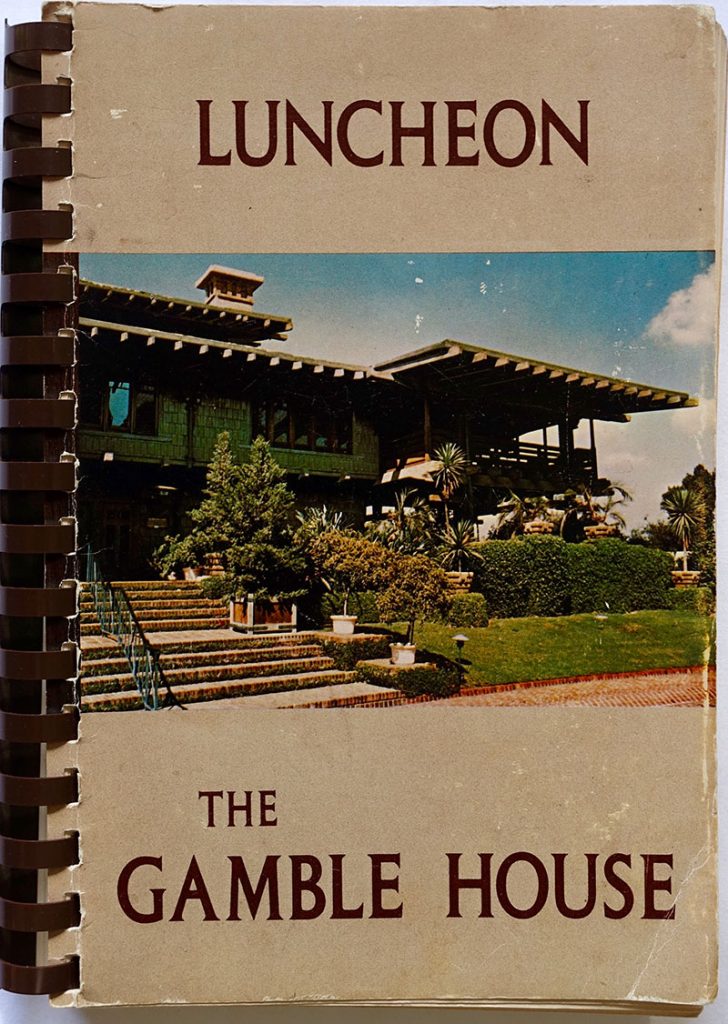
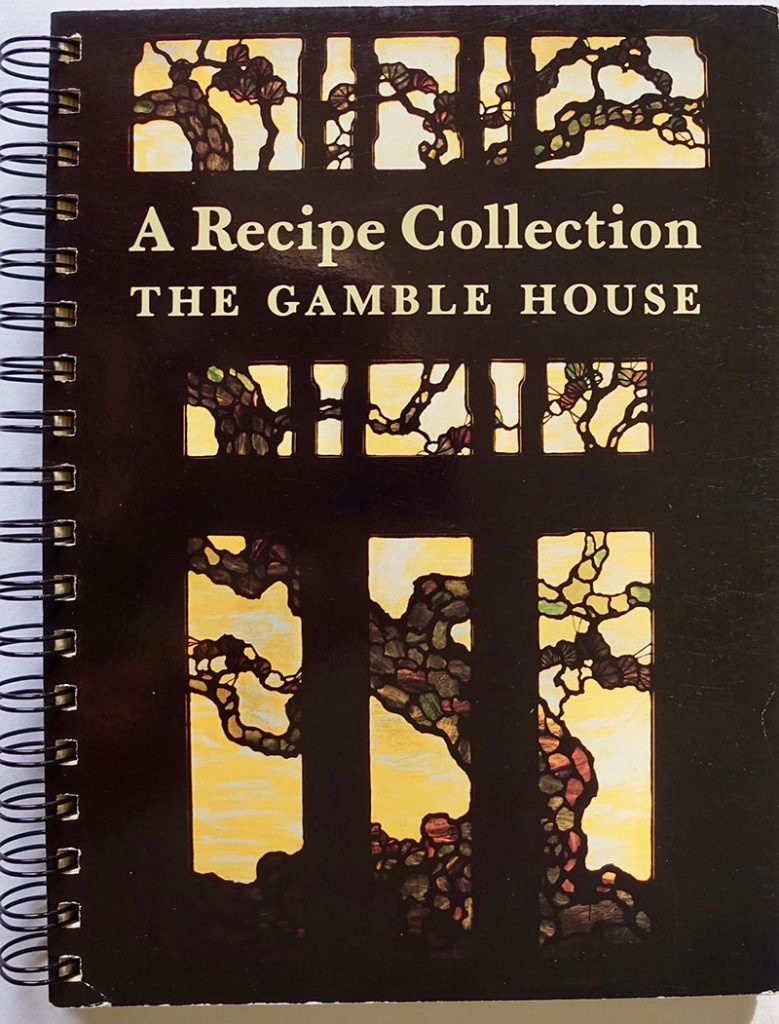
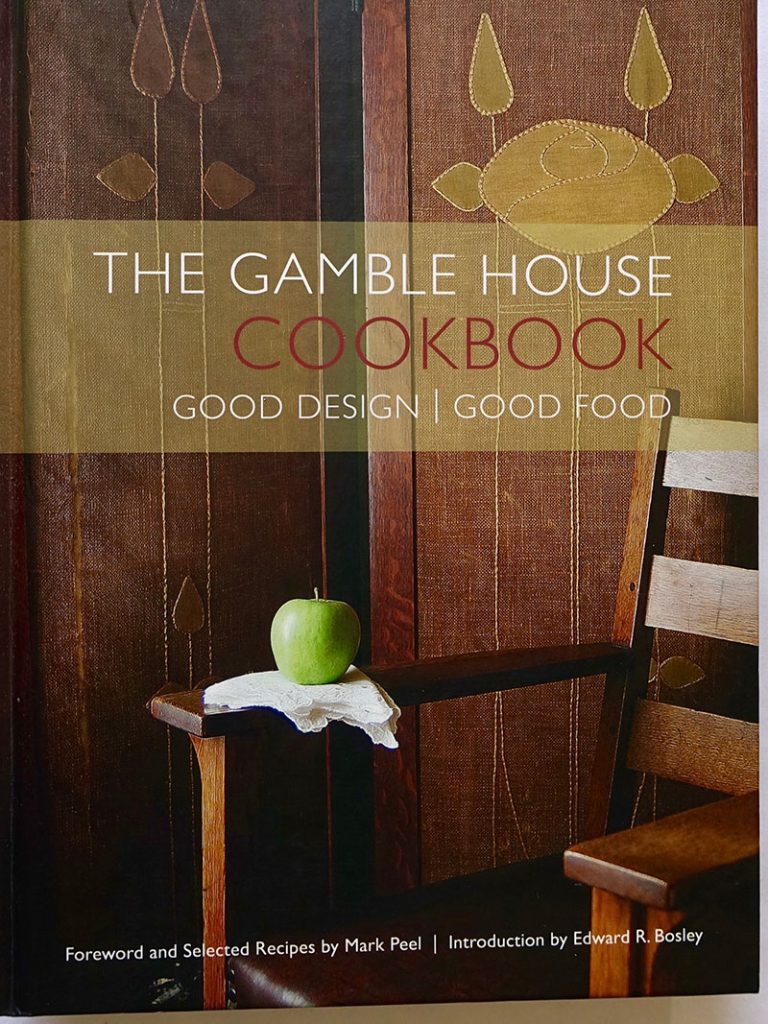
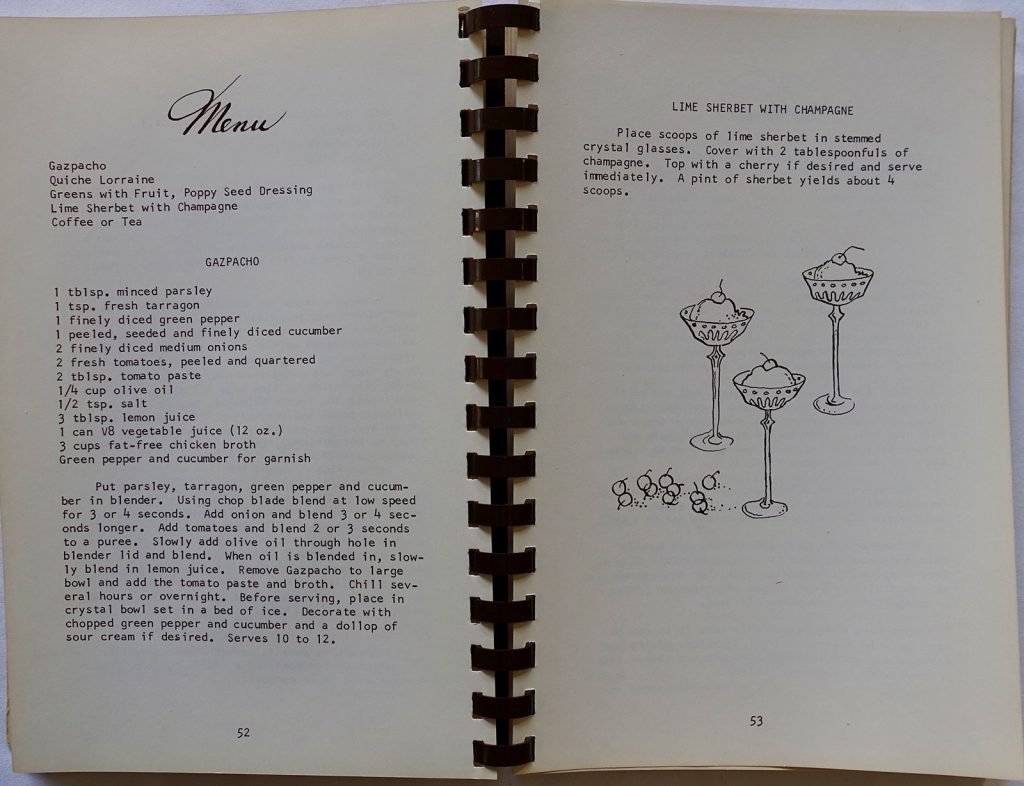
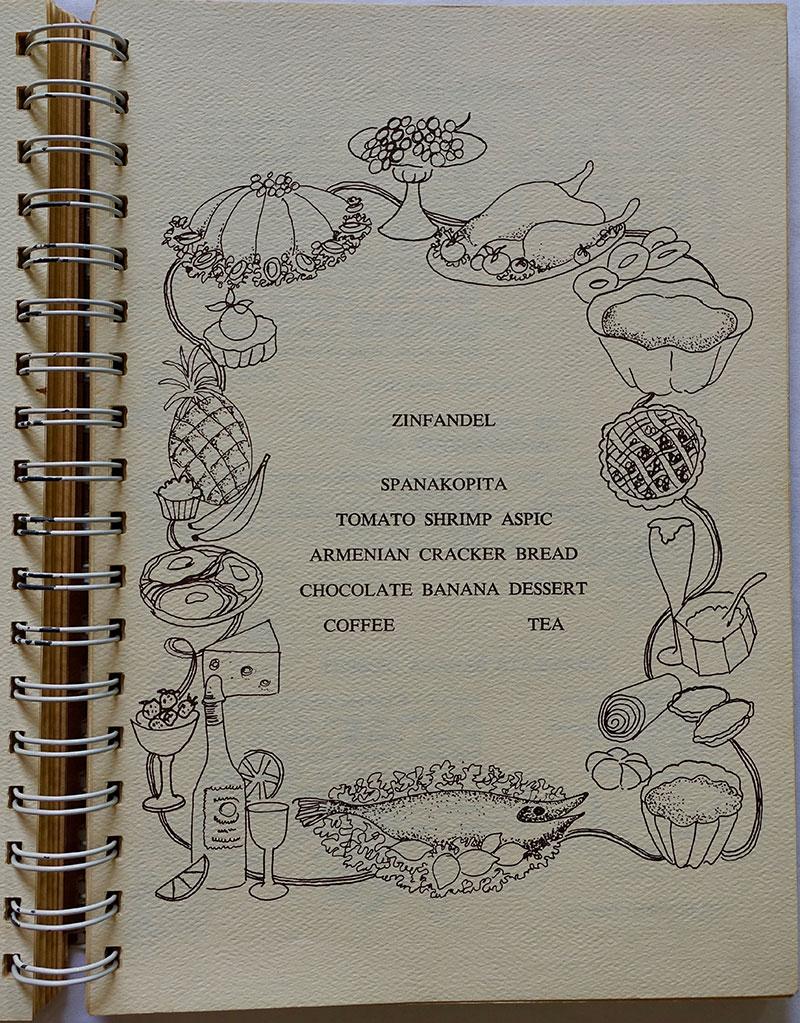
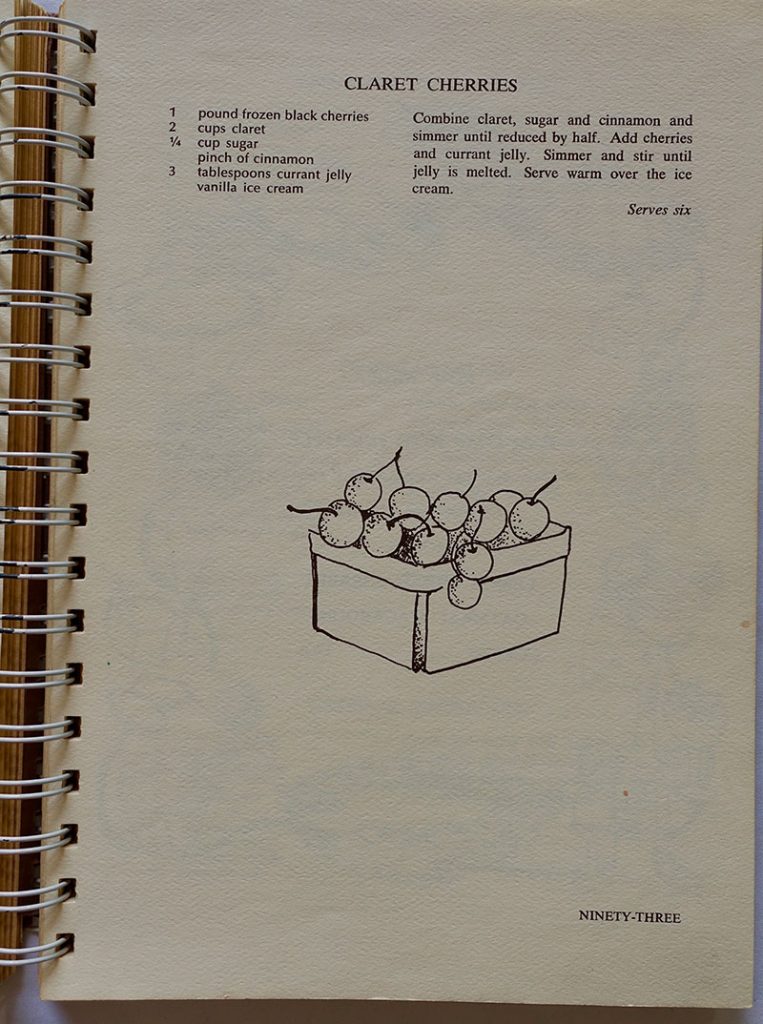

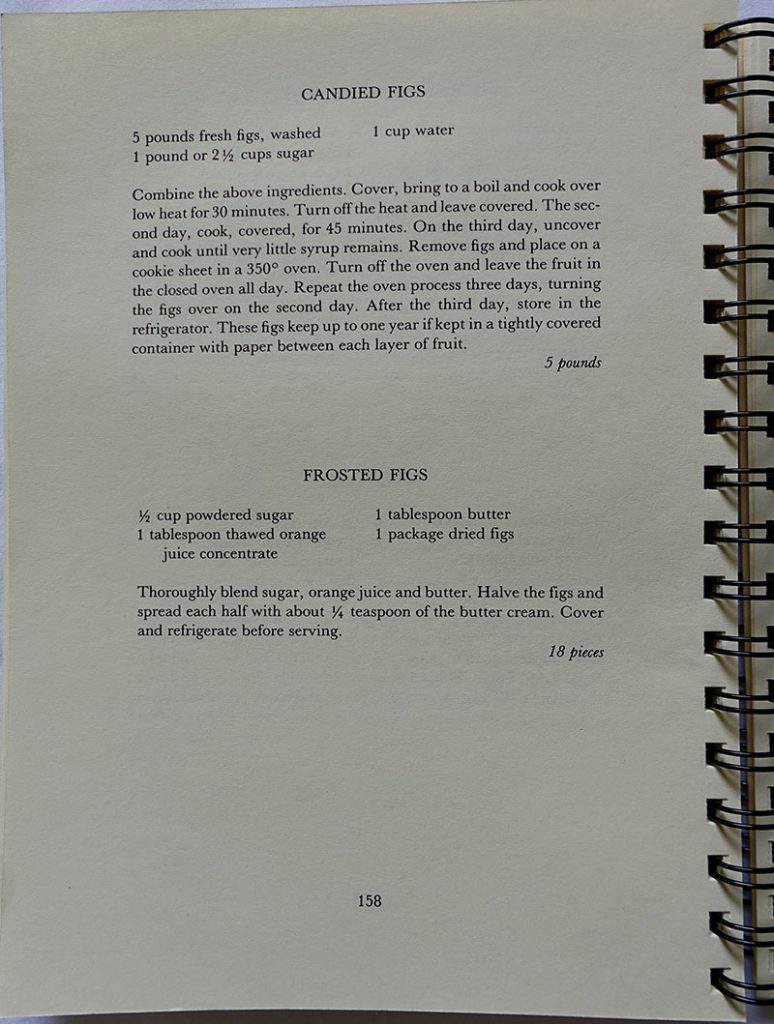
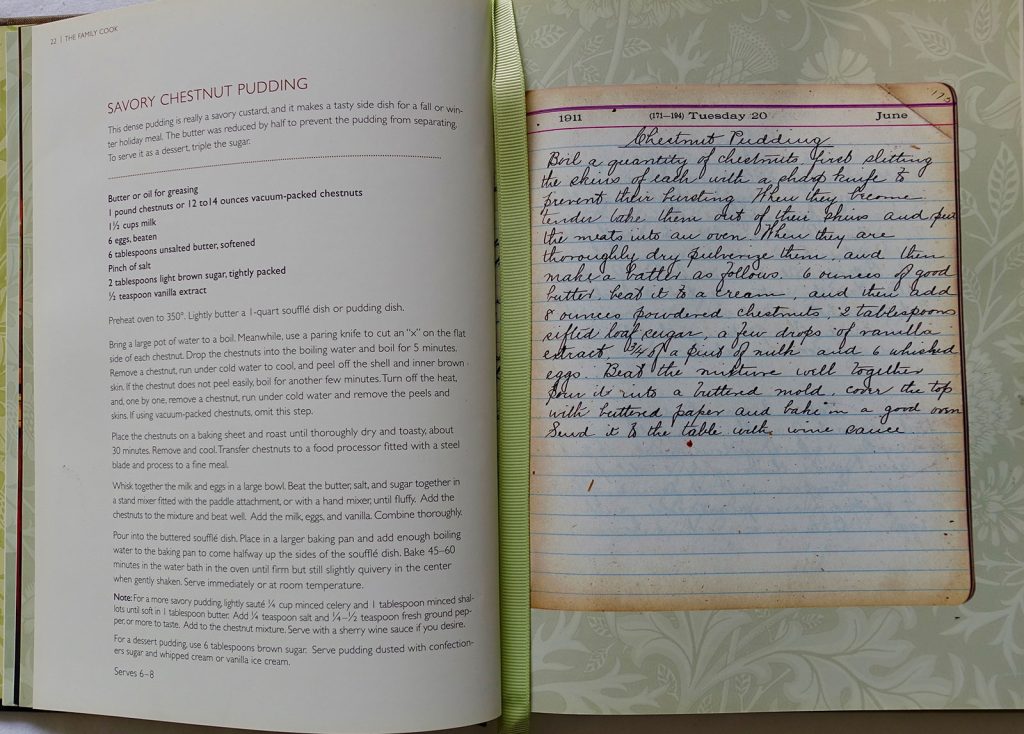

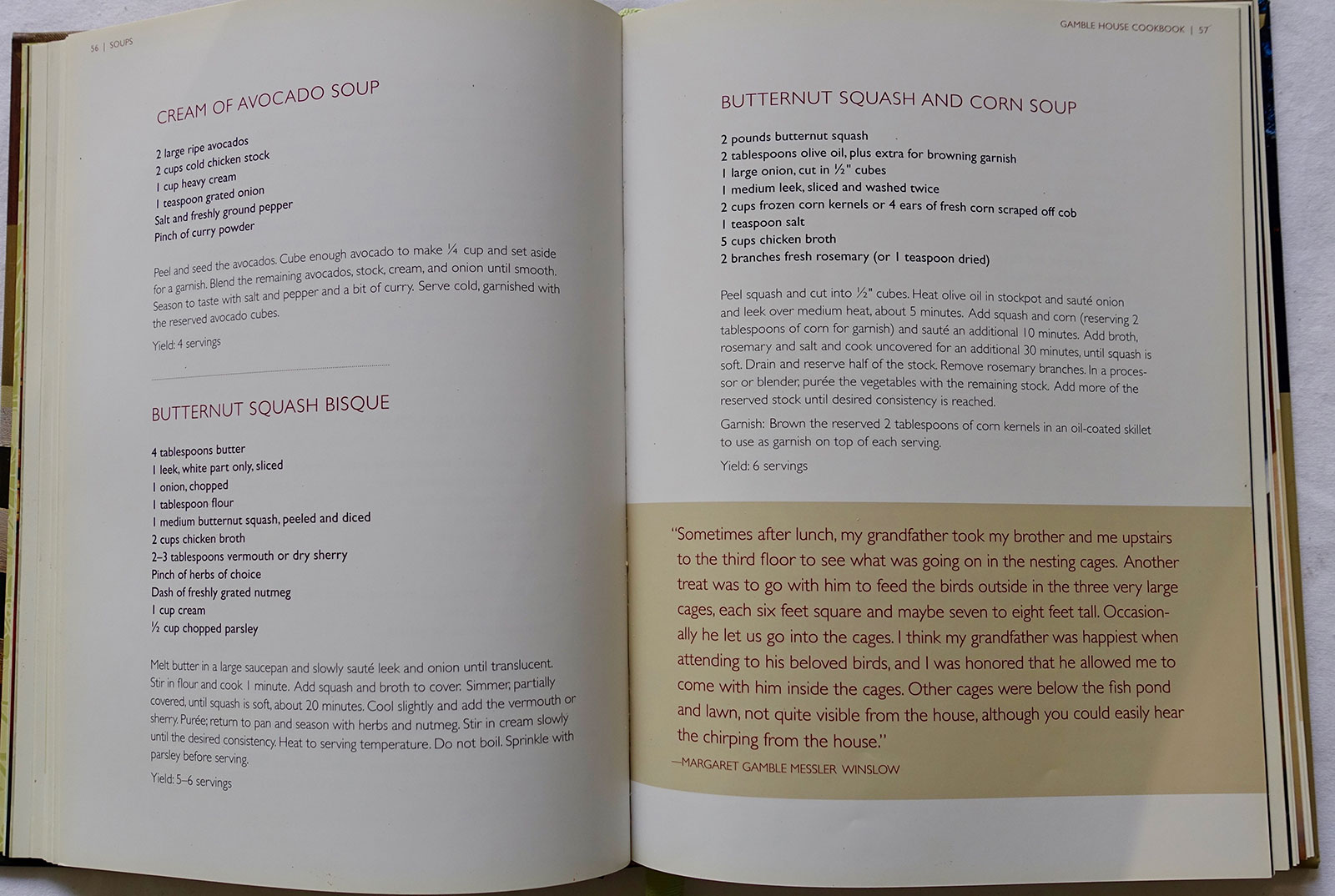
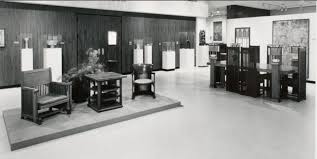
Leave a Reply